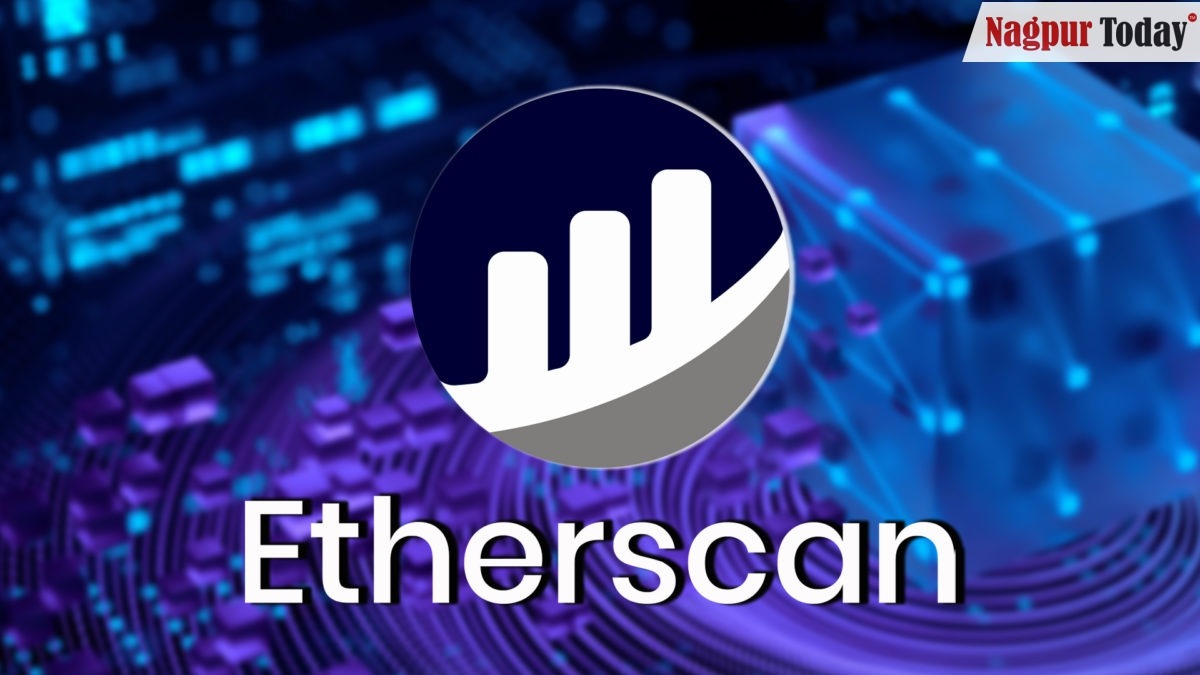
Ethereum, launched in 2015 by Vitalik Buterin, has become one of the most influential blockchain platforms, offering more than just a digital currency. It introduced the concept of smart contracts, enabling developers to build decentralized applications (DApps) and create new digital assets. Ethereum’s blockchain is decentralized, immutable, and transparent, making it a revolutionary technology with wide-ranging applications. https://ethereumcode.app has emerged as a user-friendly solution for accessing decentralized applications and smart contracts on the Ethereum blockchain.
Understanding Ethereum’s Technology
Ethereum uses a blockchain similar to Bitcoin’s but with additional features. While Bitcoin’s primary use is as a digital currency, Ethereum’s blockchain is more versatile. It allows developers to create smart contracts, which are self-executing contracts with the terms directly written into code. These contracts automatically execute when certain conditions are met, without the need for intermediaries.
The Ethereum Virtual Machine (EVM) is the runtime environment for smart contracts in Ethereum. It allows anyone to run programs on the Ethereum network, making it a decentralized virtual machine. This feature has opened up a world of possibilities for developers, enabling them to create a wide range of applications beyond just digital currency.
Ethereum 2.0: The Beacon of Scalability
Ethereum is currently undergoing a major upgrade known as Ethereum 2.0, which aims to improve the scalability, security, and sustainability of the network. One of the key changes in Ethereum 2.0 is the transition from a Proof of Work (PoW) to a Proof of Stake (PoS) consensus mechanism. This change will significantly reduce the energy consumption of the network while increasing its transaction throughput.
Ethereum 2.0 is being rolled out in several phases, with the first phase, known as the Beacon Chain, already live. Subsequent phases will introduce shard chains, which will run parallel to the main Ethereum chain, further increasing its scalability. Once fully implemented, Ethereum 2.0 has the potential to process thousands of transactions per second, making it a viable solution for mainstream adoption.
Decentralized Applications (DApps) on Ethereum
One of Ethereum’s most significant contributions to the blockchain space is the proliferation of decentralized applications (DApps). These are applications that run on the Ethereum blockchain and are not controlled by any single entity. DApps have a wide range of use cases, including decentralized finance (DeFi), gaming, and digital collectibles.
DeFi, in particular, has seen explosive growth on Ethereum, with projects like Uniswap, Aave, and MakerDAO gaining widespread adoption. These platforms offer decentralized alternatives to traditional financial services, such as lending, borrowing, and trading, without the need for intermediaries. This has the potential to revolutionize the financial industry by making it more inclusive and efficient.
Ethereum in DeFi: The Financial Revolution
DeFi has emerged as one of the most promising use cases for Ethereum, offering a wide range of financial services without the need for traditional banks or financial institutions. DeFi platforms are built on smart contracts, which automate the execution of financial transactions, eliminating the need for intermediaries.
Liquidity pools are a key component of DeFi on Ethereum, allowing users to earn interest on their cryptocurrency holdings by providing liquidity to trading pairs. Yield farming is another popular concept in DeFi, where users can earn rewards by staking their cryptocurrency in various protocols. While DeFi offers many opportunities, it also comes with risks, such as smart contract vulnerabilities and regulatory challenges.
Ethereum’s Role in NFTs and Digital Collectibles
Non-fungible tokens (NFTs) have become a major trend in the digital world, with Ethereum playing a central role in their creation and trading. NFTs are unique digital assets that represent ownership of a particular item or piece of content. They have been used for digital art, music, gaming assets, and more.
Platforms like CryptoKitties and NBA Top Shot have demonstrated the potential of NFTs to create new forms of digital ownership and monetization. Artists, musicians, and content creators can now tokenize their work and sell it directly to their fans, without the need for middlemen. This has the potential to revolutionize the creative industries and empower artists to monetize their work in new ways.
Ethereum’s Roadmap and Future Developments
Looking ahead, Ethereum has a robust roadmap of future developments that aim to further improve its scalability, security, and functionality. The implementation of EIP-1559, which introduces a new fee structure for transactions, is expected to reduce transaction fees and make the network more user-friendly. Sharding, another upcoming upgrade, will further increase Ethereum’s scalability by enabling parallel transaction processing.
Despite these advancements, Ethereum faces challenges, such as scalability, security, and regulatory scrutiny. Competing blockchain platforms, such as Binance Smart Chain and Solana, are also vying for market share in the decentralized application space. However, Ethereum’s first-mover advantage, strong developer community, and commitment to innovation position it well for continued success in the future.
Conclusion
Ethereum has emerged as a powerful platform for decentralized applications, smart contracts, and digital assets. Its innovative technology and vibrant ecosystem have made it a driving force in the blockchain space, with far-reaching implications for various industries. As Ethereum continues to evolve and improve, its impact on the future of finance, technology, and society as a whole is likely to be profound.














